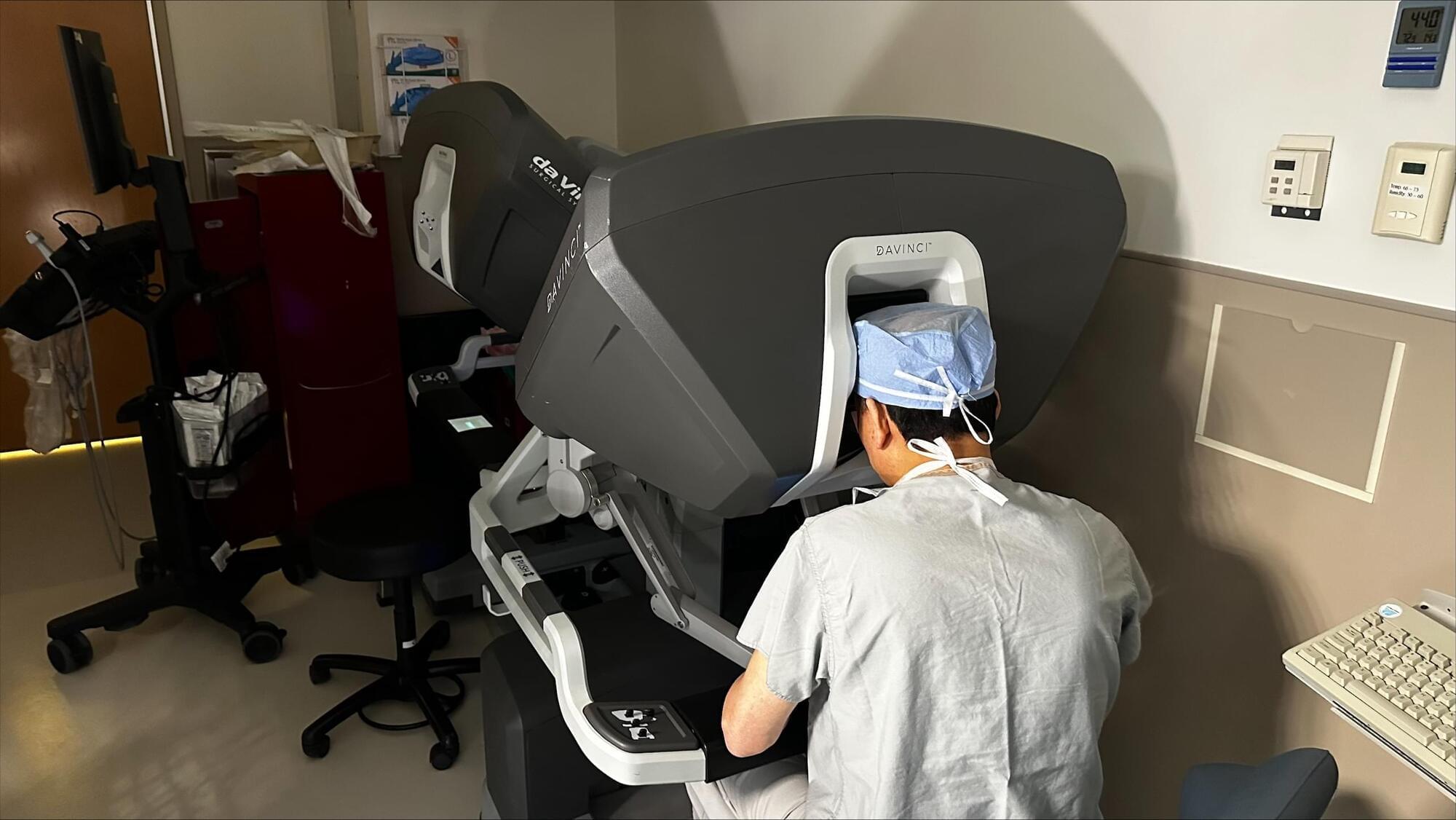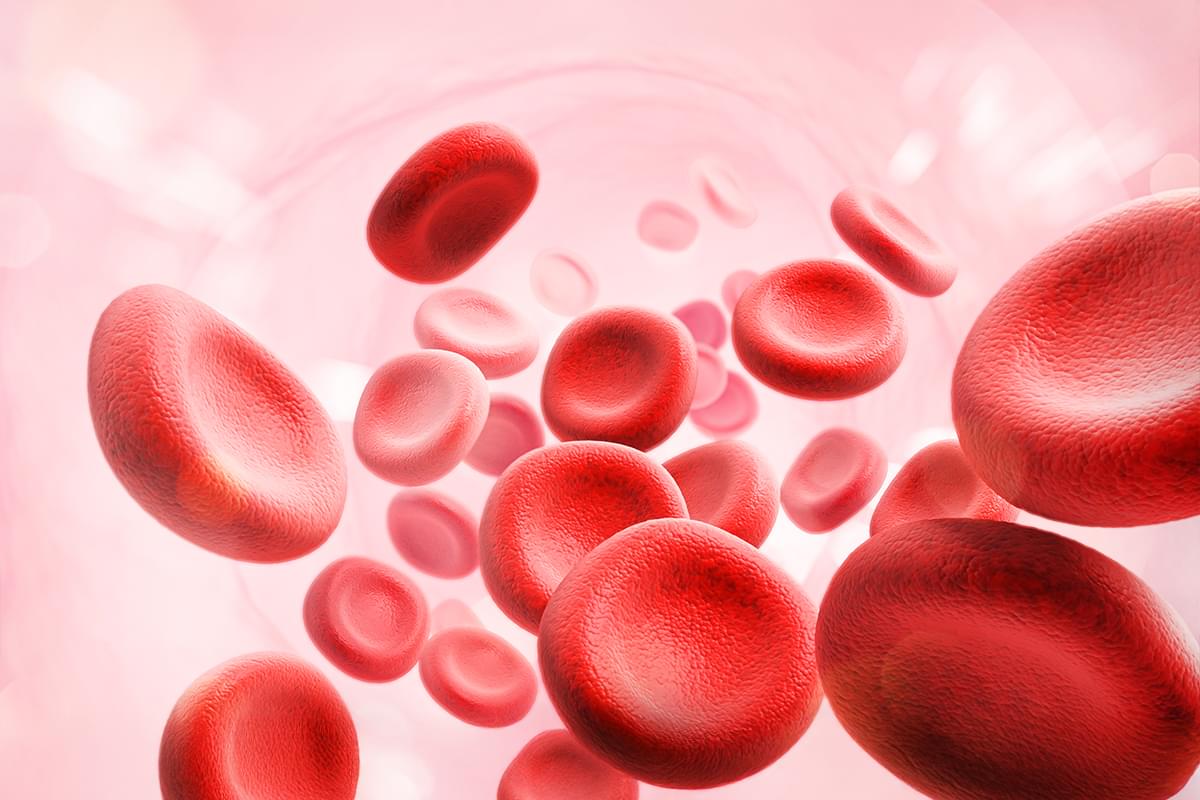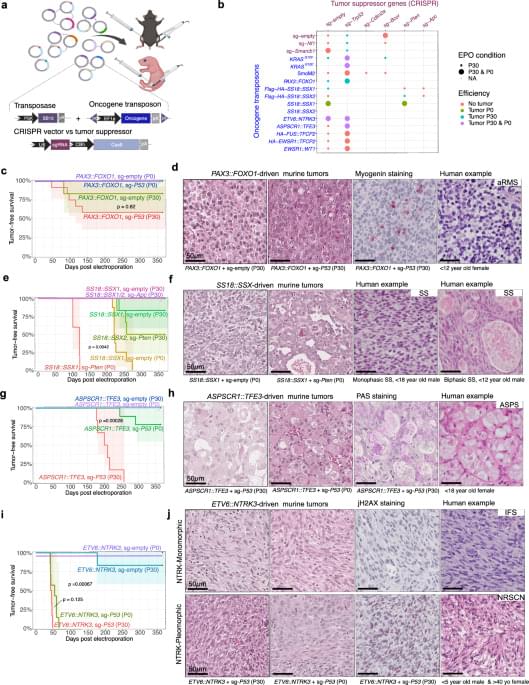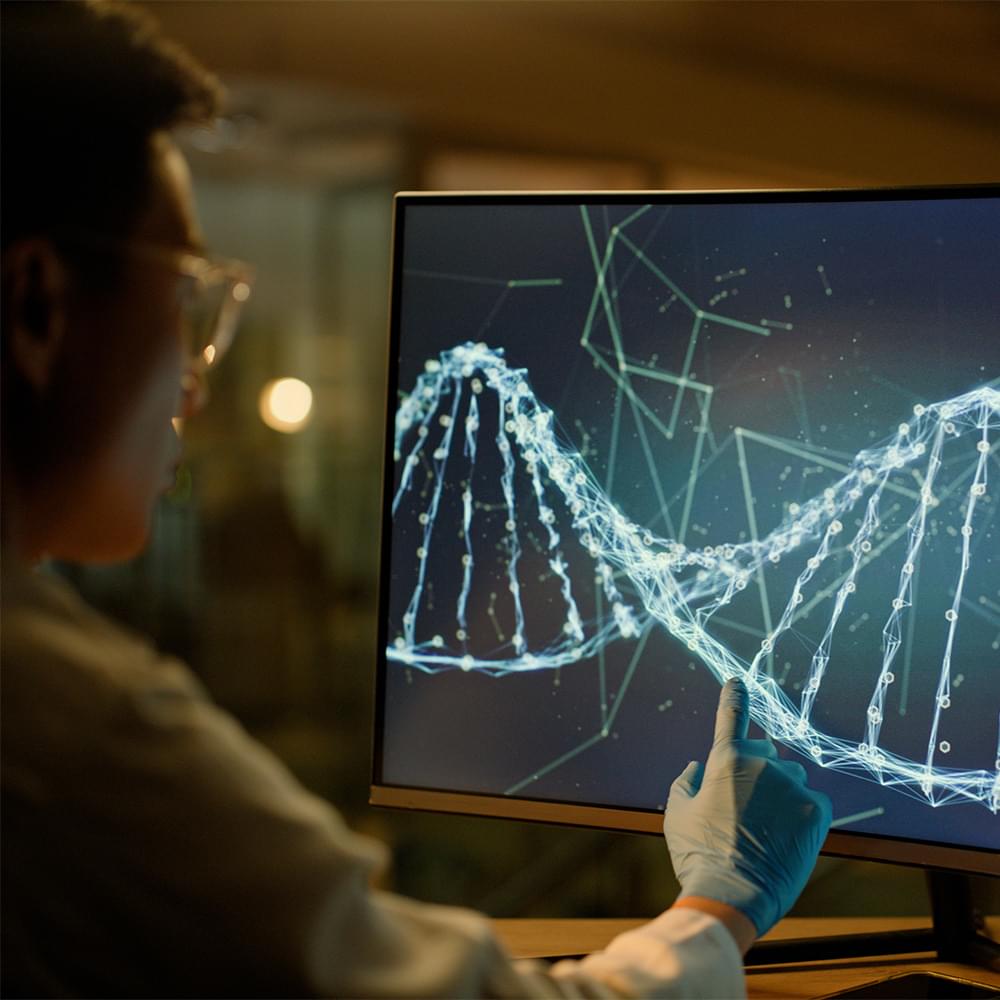Understanding how people visually browse their surroundings and direct their gaze in specific situations is a long-standing goal among psychology researchers. Past studies suggest that humans exhibit oculomotor biases, which are tendencies that guide the way they look at the world around them, for instance, preferentially directing their gaze around the center of what they are visually exposed to at a given time.
Researchers at Justus Liebig University Giessen in Germany recently carried out a study aimed at better understanding how these patterns in gazing behavior develop throughout the human lifespan. Their findings, published in Nature Human Behaviour, suggest that scene viewing tendencies gradually develop over childhood and adolescence, while older people tend to observe the world following similar viewing and gaze fixation strategies.
“One of the key questions our lab is interested in is how gaze behavior—that is, where and how we look at natural scenes—develops as we grow up,” Marcel Linka, first author of the paper, told Medical Xpress.







